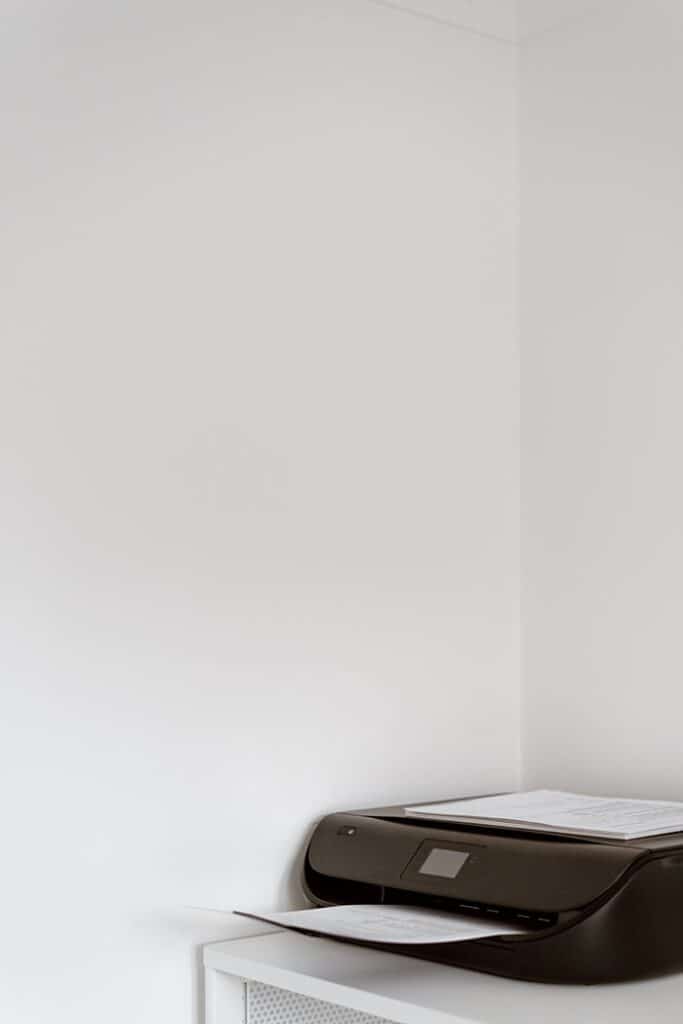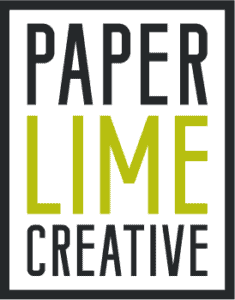What is the Best Use of Your Time & Money?
DIY graphic design and branding can be a tempting way to save money on your business. There are several ways to develop your own graphics and Canva is quickly becoming one of the most popular options.

What is Canva?
Canva is an online-based graphic design resource that is ballooning in popularity. It has a simple interface and tons of flexibility for the DIY-ers to create everything from their logos and posters to social media posts and slide decks.
Canva is one of the biggest disrupters in the graphic design industry right now, arguably having a greater impact than the super cheap Fiverr. Is Canva all it’s cracked up to be? Will the graphic designer be obsolete?
Desktop publishing became popular with the masses in the 1980s, thanks to advances in at-home computing technology. All of a sudden we had graphics cards (to see visuals on our screen instead of lines of code), office printers and software that could let us express ourselves.
For someone without access to professional software, desktop publishing has been pretty rudimentary. We mostly all fumbled around with WordArt in Microsoft Word and would get frustrated when things didn’t wrap properly.
If you were like me you would make huge announcements in big, red Comic Sans. Heck, some people didn’t even know how to do that. I’m sure we’ve all seen an office sign in the tiny default Myriad Pro.
But then Canva came along. While I don’t find Canva’s software intuitive (though this is after almost 10 years of working with professional software) it is a lot better than anything we’ve had before.
It has a ton of options for stock graphics and photos at your fingertips. No more hunting on Google for an image that you really shouldn’t be using anyway. There are also dozens of templates on Canva that are completely customizable and get rid of the very scary blank page.
Working with a Design Professional
Where does this leave us folk with our graphic design educations?
Let’s start with education. Most graphic designers have some formal education, internship or apprenticeship. We study art and design history which allows us to pick appropriate fonts (fonts started appearing in the 1400s!), colours, imagery and style to get your message across.
Everything from Bauhaus, Constructivism, Art Deco, Swiss Design, Modernism, Post-modernism and more. We know how to use these design movements and influences to craft a concise communication piece.
In design school, there is a huge focus on design principles. These include repetition, hierarchy, contrast, figure/ground, and balance to activate a page and direct people’s eyes to the most important information first.
When someone is unaware of these concepts they default back into simple and easy solutions. Often, the content is centred in black text on a predominantly white page. Everything is kept at 90-degree angles, and elements may not align properly.
The Pros and Cons of Canva
Fortunately, as I mentioned, Canva has templates! This is great to help with some of the above, but these templates are available to every single person on the planet. It increases your chances of looking like another business if they happen to use the same template. If it’s not customized to your business, it’s not customized to your clients’ needs and wants.
Do you know how Subway has that Subway smell? Canva has that Canva look. As Canva designs from beginners become more and more prominent it’s getting easier to spot who’s sampling from there. What does that say about your business?
There’s also the technical side of graphic design. I love that graphic design is a marriage between creative and technical. When I sit down with clients I need to know if the final product is for screen or print, because that vastly changes how I handle a file.
Canva is more screen friendly, and it isn’t user-friendly to set it up for print. There are different ways to set up colours for screen vs print (no, you don’t use your hexcode for everything), and photos need to be at different resolutions for screen and print. Print documents need a high-resolution image that’s at least 300 pixels per inch.
 The least user-friendly piece of Canva for print is their lack of bleeds. Bleeds are used when your printer trims the document down to size. There needs to be some extra ink bled over the edge to prevent a thin white line. You can fudge it on Canva, but if you don’t know it needs to be there then you could be putting yourself in a bind.
The least user-friendly piece of Canva for print is their lack of bleeds. Bleeds are used when your printer trims the document down to size. There needs to be some extra ink bled over the edge to prevent a thin white line. You can fudge it on Canva, but if you don’t know it needs to be there then you could be putting yourself in a bind.
Logo design is much the same on Canva. Everyone has access to the same graphics. I couldn’t find anything on the Canva website about who owns the copyright, so you could potentially be putting yourself at risk if you were to have a similar logo to another business.
When we create logo packages for clients we provide them with roughly 20 different logo files. Now Canva does have options for different downloads, but not all the options you may need. If you don’t have all the required file types, you risk costing yourself more down the road to have your logo rebuilt for you. It’s important to us that the client has everything they could need to brand themselves in the future.
And last, but not least is your time. At some point the time you sink into Canva and learn the other moving parts of graphic design (understanding design principles, developing a brand position and sticking with it, learning what file types you need and how to work with a professional printer) it will be more lucrative for you to work in your business.
I’m a designer. I’m bad with numbers. It would take me hours to do my bookkeeping, or I could pay someone to do it quickly, freeing me up to continue working. There is value in handing over something you’re not as good at to an expert and allowing yourself to do what you’re best at.
At the end of the day, I think both Canva and the professional graphic designer are here to stay. There will always be the DIY-ers and hobbyists who need something that looks good in a pinch. There will also always be busy entrepreneurs who recognize they don’t have the time or the know-how to produce effective graphics.
Want Your Time Back?
If you’re ready to get your time back and hand over your graphic design and branding to professionals we would be happy to help! Book a consultation call with us today and we will find the plan that is best for you.
